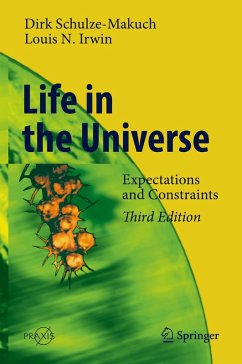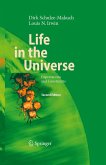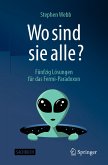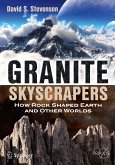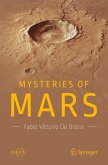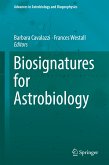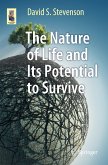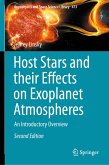- Verlag: Springer International Publishing
- Seitenzahl: 343
- Erscheinungstermin: 19. November 2018
- Englisch
- ISBN-13: 9783319976587
- Artikelnr.: 54579242
Dieser Download kann aus rechtlichen Gründen nur mit Rechnungsadresse in A, B, BG, CY, CZ, D, DK, EW, E, FIN, F, GR, HR, H, IRL, I, LT, L, LR, M, NL, PL, P, R, S, SLO, SK ausgeliefert werden.
- Herstellerkennzeichnung Die Herstellerinformationen sind derzeit nicht verfügbar.
"I would be happy to use this as a text when teaching undergraduate level astrobiology and would certainly recommend it as a good introduction for postgraduates." (Monica M. Grady Meteoritics and Planetary Science 2005, vol. 40, page 507-508)
"This book is [...] an in-depth, critical look at the chemical and physical requirements of known living; it also considers the possibilities of some highly speculative environments and living systems. The writing is excellent and, despite the technical nature of the subject, should be understandable for those with minimal exposure to math, physics, chemistry, and astronomy." (P. R. Douville, Choice May 2005, vol. 42, page 459)
"This book provides an articulate overview of Astrobiology in the Springer Advances in Astrobiology and Biogeophysics series. It contains an introduction chapter that is essentially a summary of the book, a chapter outlining definitions used, then seven more chapters describing the history of life, known energy sources for life, types of building blocks, potential solvents, known and possible habitats, examples of exotic life forms, and signatures of life. This is an excellent Astrobiology primer and I highly recommend this as a good reference for all scientists in the field of Astrobiology." (Janice Bishop, Icarus 178 (2005), page 289-290)
"'In searching for life beyond Earth, we would be well advised to except the unusual'. Here in a nutshell ... is the central theme of this timely and interesting book. ... This is an open-minded and engaging book. ... it is written in an engaging style. ... Astrobiology is a growing field, but any enthusiast will want this sensibly priced volume to hand." (Simon Conway Morris, Geological Magazine, Vol. 144 (3), 2007)
From the reviews of the second edition:
"Life in the Universe examines exactly why alien life is expected to be most probably carbon-based with water as the biosolvent, but alsodiscusses other proposed alternatives in non-terrestrial-like environments ... . an essential reference book for any astrobiologist's bookshelf, and unique in several important respects. For the sections on biochemical alternatives and energy-generation alone, virtually ignored in other books, I would heartily recommend Life in the Universe and have already referred back to it a number of times myself." (Lewis Dartnell, The Astrology Society of Britain, February, 2009)
"The goal of the authors is ... to construct a likely scenario for the origin of life on Earth, to project onto other worlds this scenario, and then to identify the signatures of life that should be the targets of any space exploration that seeks to find life other than on the Earth. ... list of references will be useful to students. In conclusion, if you are curious to know how we got here, where we are going ... this book is for you." (Fernande Grandjean and Gary J. Long, Belgian Physical Society Magazine, Issue 1, 2010)

